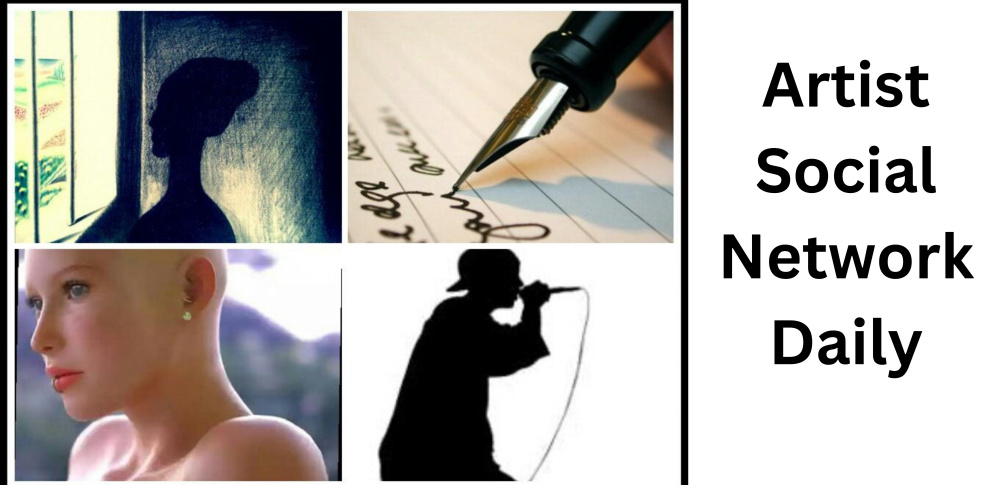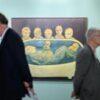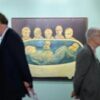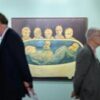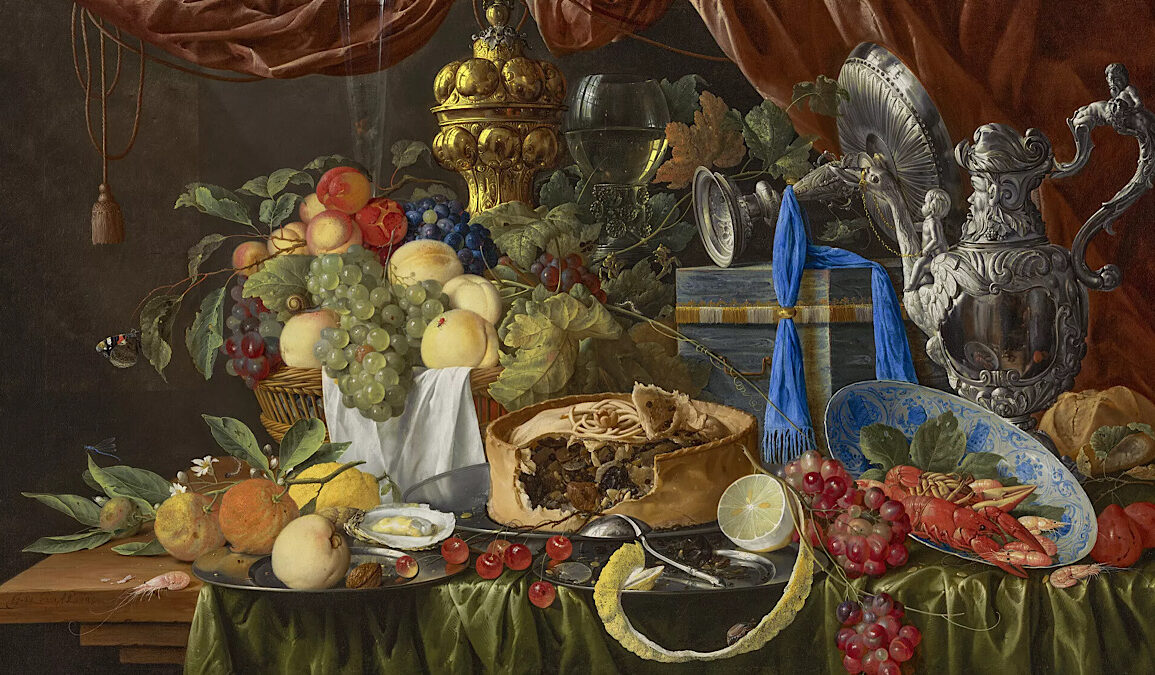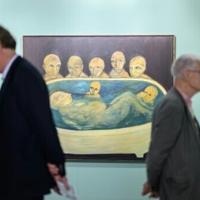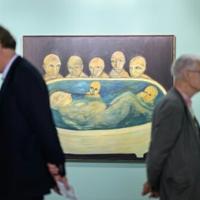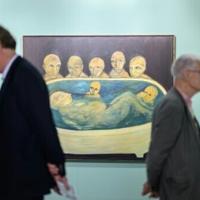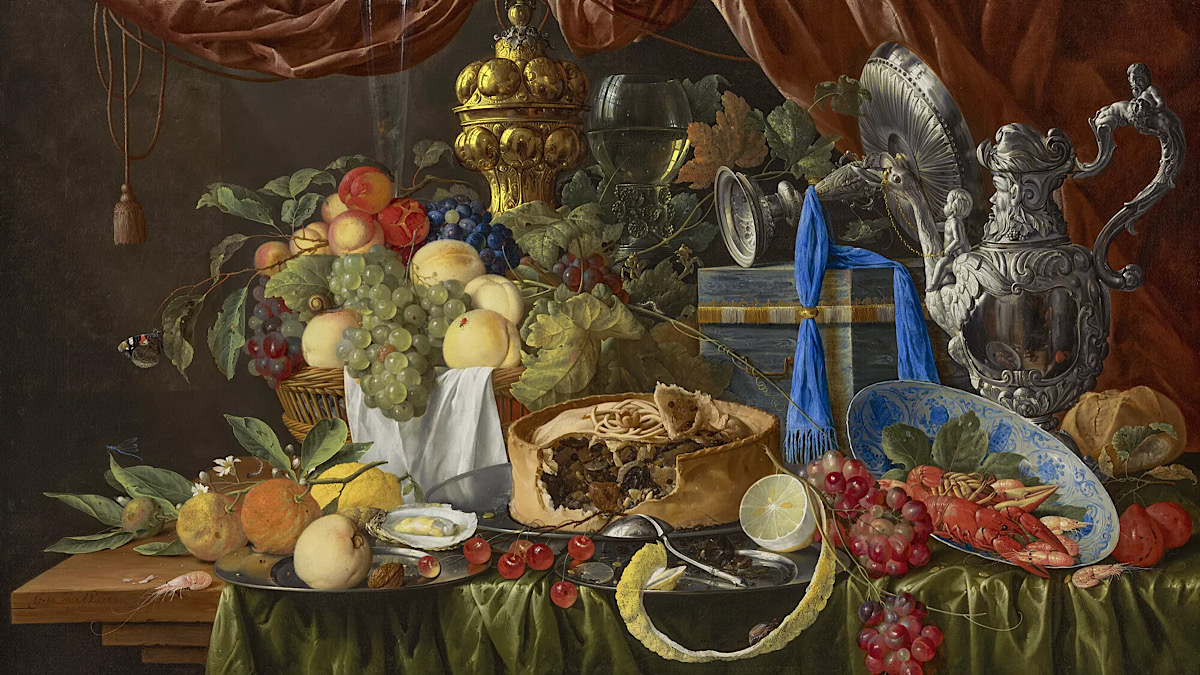
Something is happening in the world of the art market and it is noticeable from the proposals that are put up for auction. Quality Old Master works also intrigue new collectors who are increasingly attentive to medium-term investments. The rush to invest in the short term that smacks of speculation activated especially for contemporary art seems to be put on hold for better times. Probably even the new generations have realized that the volatility of contemporary art must be managed not in the immediacy but trying to avoid that it is exclusively subject to the trends of the moment. So why not start to appreciate still lifes (Still-Life) symbol of the transience of life and apparent luxury.
Jan Davidsz. De Heem’s luxurious and immaculate still life will be a highlight of Christie’s Old Masters evening sale on July 1st, during Classic Week in London (estimate: £3.000.000-5.000.000). This tantalising collection is among the finest paintings by the artist to appear on the market in recent decades.
The Tour to see and appreciate the work
It will be on display at Christie’s in New York until May 21st., Followed by Hong Kong from May 25th to 28th, before returning to London for the pre-auction exhibition from 27 June to 1 July. Described in the recent catalogue raisonné as the seminal work of 1649, this luxurious still life was painted at a time when De Heem produced some of his finest work. The artist masterfully presents the viewer with a cornucopia of objects: a cake on a pewter plate, a partially peeled lemon and an upturned silver spoon on a pewter plate, crayfish and shrimp in a Wanli bowl, fruit, a walnut and an oyster on a pewter plate, a fruit basket, a flute glass, a silver-gilt cup, a roemer, an upturned silver cup on a sturdy box, a silver jug and a bread roll, all on a partially draped table with a curtain in the background. Its fine execution and the exceptional state of preservation of the painting allow one to appreciate numerous small details skilfully reflected in the metal and glass. The central boss of the gilt silver bowl depicts the back of a painting on an easel, while in the empty, mirror-like cartouche of the jug one can make out some still life elements, a candelabra and books on a table. The artist himself is also visible in this cartouche. Furthermore, although never previously mentioned in literature, the windows reflected in the roemer also include a church spire, presumably that of the Cathedral of Antwerp, the city where de Heem worked. The painting takes up themes from a remarkable group of four large paintings that de Heem executed earlier in the decade, but with greater refinement of execution, perhaps partly due to its more manageable size. Two of these paintings are now in the Louvre (inv. no. 1321) and the Musée des Beaux-Arts in Brussels (inv. no. K 1878/5). A third is in a private collection, and the fourth sold for a world auction record at Christie’s in London on December 15, 2020. Like the painting in question, the variety of textures and the sheer quantity of expensive food and objects that the artist managed to fit into a relatively small pictorial space offer the viewer an example of virtually everything de Heem was capable of, and perhaps served as a calling card to showcase the range of his abilities.
This post was originally published on this site be sure to check out more of their content
